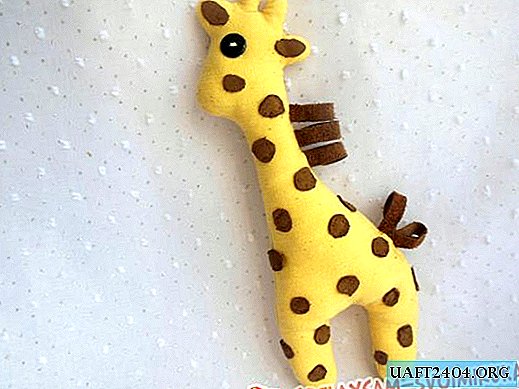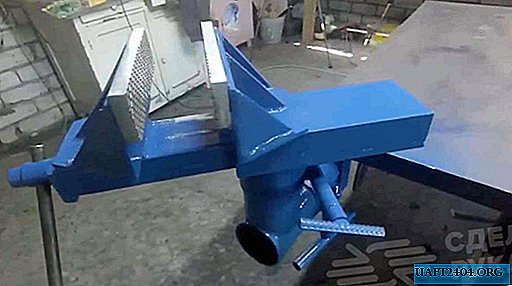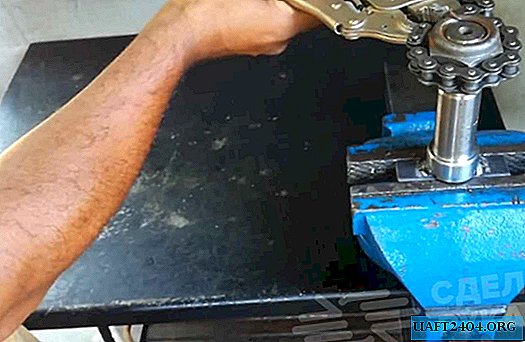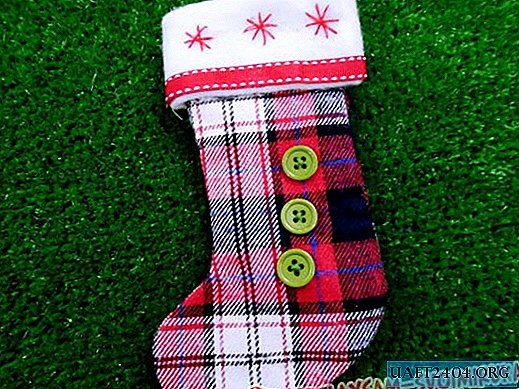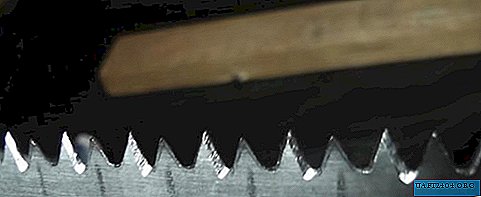Share
Pin
Tweet
Send
Share
Send
Thus, lovely verandas and rooms are created that are uniquely decorated in their own style. For those mistresses and owners who know how and love to make cute little things with their hands, this article is addressed. Let's talk about the decoupage of an old cabinet (for books? For dishes? For shoes?).
To work, you will need:
In order to perform decoupage and design of an old cabinet into a beautiful piece of furniture, you will need:
1. Cabinet;
2. White paint - 1 can (1.2 kg);
3. Watercolor paint (red);
4. The brush is wide, the roller;
5. Decorative braid 3-4 meters;
6. Wallpaper glue transparent or glue for decoupage;
7. Scissors small and large;
8. Lighter;
9. Phillips screwdriver;
10. Glue gun with one rod;
11. Napkin with decorative elements (rose flowers in this case).
Surface preparation for decoupage
To begin, inspect the cabinet from the outside for malfunctions. If necessary, tighten the hinges, perform minor repairs.
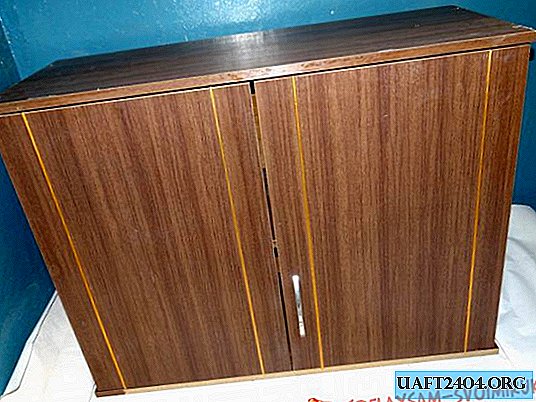

Use a suitable screwdriver to remove the handles and accessories from the furniture. For convenience, you can remove the door.

The first step in any alteration of furniture is always sanding. This is usually a long, difficult process. You can connect a grinding machine, but if it is not, sandpaper No. 60 and No. 40 will help you. Sand the cabinet from all sides, not forgetting the ends. If furniture veneer easily bounces from the ends, then remove it by carefully picking it up with a knife.

This is what furniture looks like after the first stage of sanding. If your strength is not exhausted, start skimming with finer grains a second time.

Now it is important to remove dust from the surface. By the way, these small particles are very unpleasant: when working with sandpaper, protect your face with a bandage or special glasses. Be careful! With intensive sanding, you can burn your hands even through fabric gloves.
In order to remove dust, stroke the cabinet with a wet glove.

While it dries, we will put in order the work place, this will help us with a vacuum cleaner.

We remove decorative elements from the doors. If the door surface is damaged at the same time, use a primer.

Now it's time to start painting the surface. We paint twice, carefully dispersing the paint until a uniform color is achieved, avoiding stains. Doors and sides are painted in the direction from bottom to top or top to bottom, top - as convenient: in width or along.

After the first layer has dried, you can paint the cabinet and inside, this is optional.

Here's what paint I used: it's washable paint.

We paint for the second time.

Decoupage
While the paint is drying, you can begin to prepare napkins for decoupage. I took napkins with large motifs depicting roses. These are three-layer napkins, the brightest layer is the thinnest.
The sequence of preparation is as follows:
1. Separate the paint layer;
2. We straighten the napkin and iron it on the front side.
3. Cut out the motive.



The cabinet is waiting for decoupage while standing. Put it on your back and try on fragments.


Spread wallpaper glue a little thinner than it is necessary for sticker wallpaper.
Apply glue to the surface where the motive will be.
Put a napkin, take a closer look from the center to the edges. If necessary, gently add glue with a thin brush. Remove excess with a white cloth or cotton pad.
Here is the motive you get:

When dried, the glue “retracts”, ceases to shine, it will not be visible. Top with clear varnish for decoupage.
Decor
It is convenient to decorate the cabinet with ribbons if it also lies on the back.

Let the glue gun warm up. Process the edges of the tape with a lighter.

My door height was 65 cm. It took 4 cuts to close those places where there used to be metal decor.

This is what a cute closet we got! And shoes, and dishes, and toys, and books - all these items will thank you for the renovated home!


Share
Pin
Tweet
Send
Share
Send



